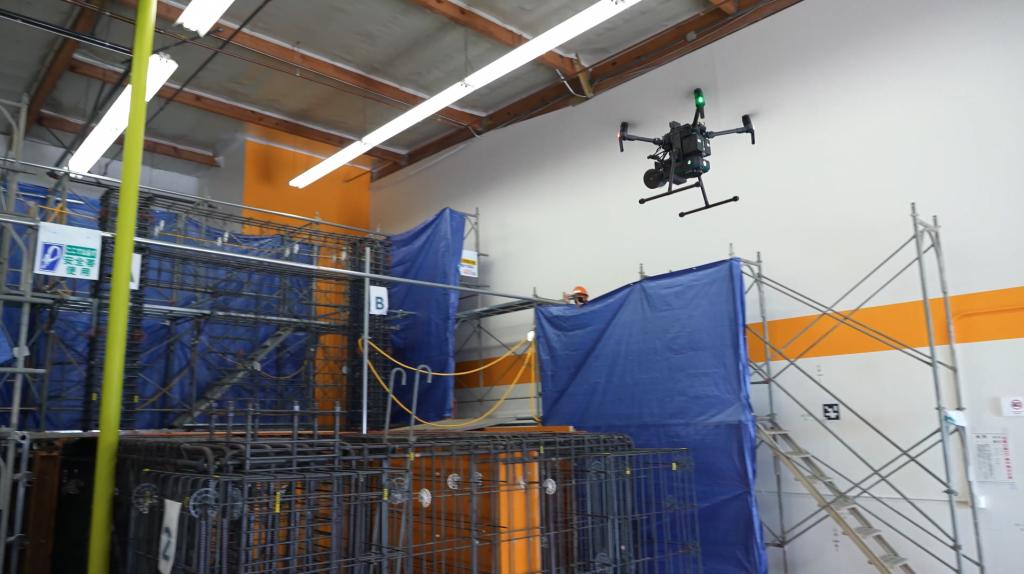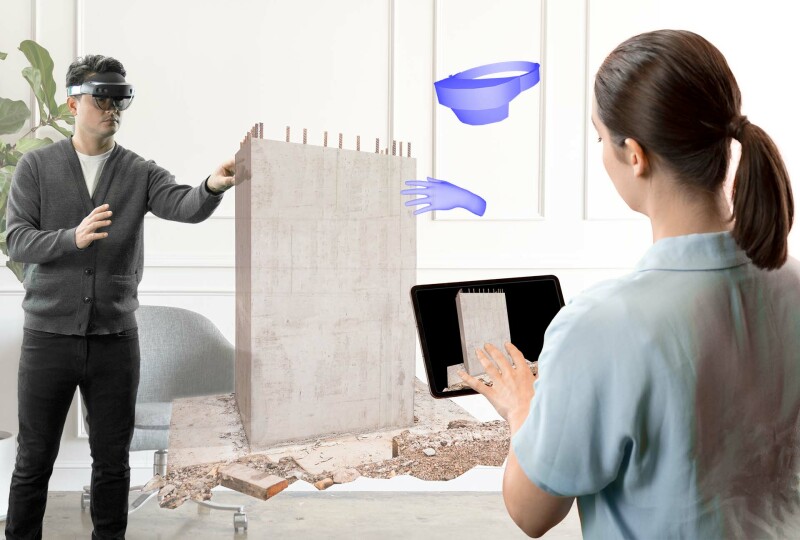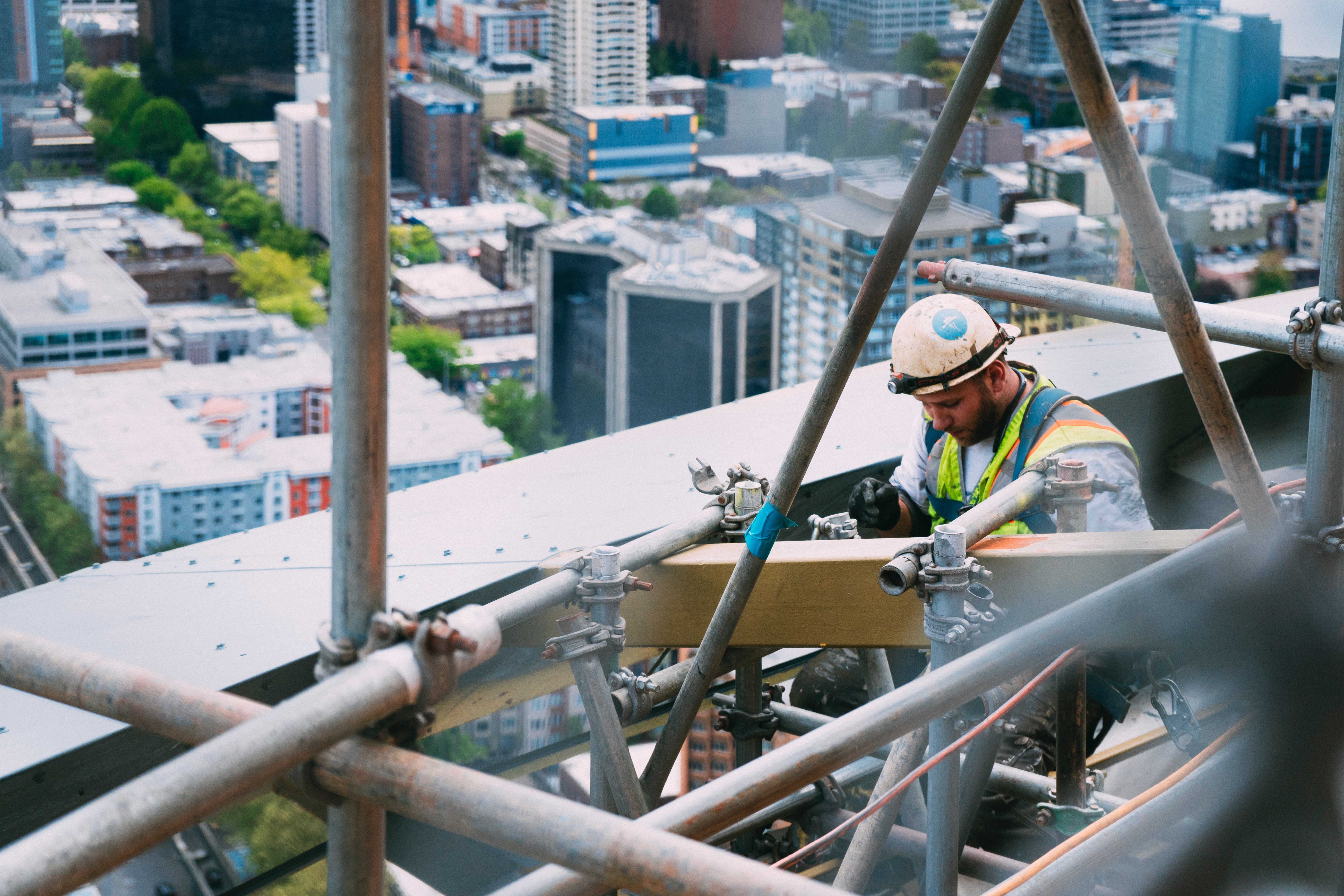Construction companies are adapting in response to the occurrences that make this industry one of the United States’ most dangerous.
Implementing new technology and tools allows construction crews to mitigate risk and meet regulations. The nation’s top manufacturers develop technology that improves communication, monitoring, hazard protection, training and incident reporting on construction sites.
This article discusses the importance of construction safety, the most difficult risks to mitigate and the technology that is helping construction companies reduce workplace injuries.
Construction Safety Is a Top Focus
Construction companies and regulatory bodies like the Occupational Safety and Health Administration (OSHA) prioritize workplace safety in the construction industry. Safety considerations are critical in construction because it is one of the most dangerous industries in the U.S.
Private sector workers suffered 4,764 fatal injuries in 2020, of which 1,008 occurred on construction sites. Business owners and crew leaders must prevent the situations that cause fatalities most frequently. The construction industry’s most common fatal occurrences are:
- Falls, trips and slips to a lower level.
- Transportation incidents involving motorized land vehicles on roadways.
- Exposure to harmful substances and environments such as electricity and extreme temperatures.
- Being struck by or caught in equipment or objects.
Safety Challenges in Construction
While construction crew leaders recognize the most dangerous situations workers face and the regulations that apply to them, navigating the obstacles remains challenging. OSHA reports that construction crews fell short of expectations most frequently in the following areas in the 2021 fiscal year:
- Fall protection
- Scaffolding support
- Fall protection training
- Eye and face protection
Essential Safety Tools and Technology
Some of the nation’s leading construction companies are implementing tools and technology that help them solve key safety challenges. As a result, the past decade saw a drop in recordable workplace injury and illness rates. Where 2010 saw four recordable cases for every 100 full-time workers, the rate dropped to 2.5 by 2021. The following resources allow construction crews to reduce workplace injury rates.
1. Sensors
Environmental hazards such as dust, noxious gases, heat and noise pose various workplace safety challenges. Workers may become ill from exposure to air pollutants or extreme temperatures. Excess noise limits a worker’s ability to notice and avoid danger.
Modern sensors allow construction crews to monitor environmental risks and respond before they cause damage. A sensor can assess the environment and provide rapid data output so that workers have time to vacate a dangerous area.
Air quality sensors are prominent in modern construction environments. Crew leaders use air quality sensors to detect harmful dust and chemical levels.
Sensors even monitor distractions to boost employee alertness. Some construction vehicles feature built-in monitoring systems that track head and eye motion. The sensor will alert the crew if the operator’s head and eye motion indicate distraction or fatigue.

2. Drones
Drones allow crew leaders to monitor job sites with greater ease and less risk. A drone can quickly fly around a sprawling job site or swiftly reach the top floor of a multistory building.
Construction leaders use drones to advance safety in a few key ways.
For one, they equip drones with cameras to monitor job sites. A camera-equipped drone can inspect a job site for hazards before managers deploy workers, then monitor safety performance as the work unfolds. A drone may also feature sensors that detect airborne dangers before or during work.
The surveillance improvements that drones facilitate allow crew leaders to maintain safer job sites.
3. Wearables
A wearable is any kind of personal protective equipment (PPE) that guards the body against hazardous materials and environments. Modern innovations have expanded the protective capabilities of wearable PPE.
Today’s construction crews use smart clothing augmented with digital tools that monitor the wearer and notify crew leaders of any issue. Manufacturers tailor smart clothing to enhance safety by meeting job-specific needs.
Smart clothing may be a vest or watch with a sensor that tracks the wearer’s vital signs. Some smart vests feature an inflatable cushion that activates during a fall. A smart helmet may feature sensors that monitor air quality and detect toxic gases.
4. Mobile Tools
Construction crews operate at a new location for each job. Mobile technology allows them to take their technology to any site.
Today, construction crews can load schematics, checklists, permits, instructions and safety insights onto mobile devices. Each crew member carries vital safety information in their pocket to access and share on the go. Increased access to safety information helps prevent dangerous incidents.
Mobile technology also helps crews respond when an incident occurs. Workers can submit an instant report after an incident so that leadership can dispatch emergency crews.
5. Remote-Controlled Equipment
When operating heavy equipment in a hazardous area, workers are safer the farther they can be from the situation. Remote-controlled equipment enables workers to complete tasks at a safe distance from hazards.
Leading equipment manufacturers integrate remote control hardware to enhance workplace safety. There are two types of remote control hardware for construction equipment — remote and line-of-site.
Remote hardware uses high-speed data connectivity to link the operator and equipment from a remote command center. Alternatively, line-of-site connectivity allows workers to operate machinery from a distance while still on the job site.

6. Virtual and Augmented Reality
Virtual reality (VR) and augmented reality (AR) offer unique enhancements to training programs. These technologies bridge the gap between theoretical studies and practical applications so that trainees can simulate dangerous tasks without risk.
VR is a computer simulation that replicates a three-dimensional environment. By wearing VR goggles, trainees will enter a virtual world where they can attempt dangerous tasks in real time.
Where VR creates a digital environment from the ground up, AR adds to the existing environment. AR glasses establish a digital overlay on the trainee’s physical environment. During AR training, a worker could sit in a machine’s cabin and operate its controls in response to digital stimuli that the AR device projects onto the real world.
Technology’s Influence on Safe and Streamlined Construction
As one of the industries that sees the most fatalities in the U.S., the construction sector institutes policies and implements technology that attempt to reduce risk. Digital monitoring, communication, reporting and training tools helped construction companies reduce injury rates between 2010 and 2020. Tools like sensors, remote control hardware, mobile devices and smart clothes will continue advancing construction safety in the future.






